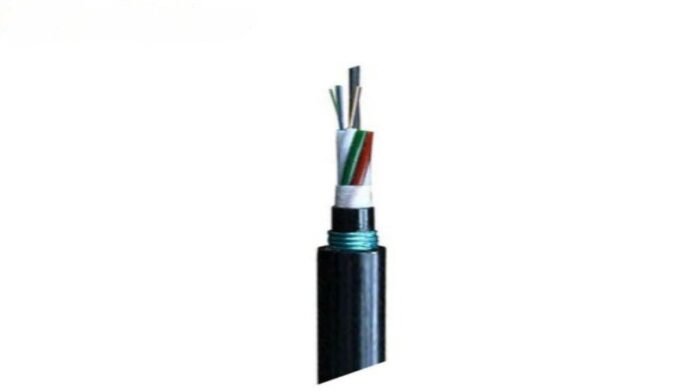In the ever-evolving sphere of modern communication systems, fiber optics products have positioned themselves as the indisputable backbone. From high-speed internet to advanced telecommunication networks, these silent enablers have become indispensable tools in facilitating swift, secure, and robust communication channels. But what are fiber optics, and why have they become so paramount in our increasingly connected world? Visit the bonlinks.com to learn more!
Understanding Fiber Optics
To begin with, let’s dissect the term fiber optics. This technology utilizes thin, flexible glass or plastic fibers to transmit data in a seamless and efficient manner. The data is transferred in the form of light signals over considerable distances, with minimal loss of signal quality. A fiber optic cable consists of these optical fibers, which are as thin as a strand of human hair but possess impressive data carrying capacities.
The magic behind the operation of fiber optics lies in the principle of total internal reflection. When light encounters a boundary between two different mediums, it can either be reflected back or refracted to the second medium. In fiber optics, the light signal is strategically bounced between the boundaries of the thin glass fibers, ensuring it maintains its path without losing its intensity.
This optical transmission method contrasts with the traditional copper wire cables, which use electrical signals for communication. Fiber optics have outshone their predecessors due to their superior bandwidth, speed, and reliability.
Applications of Fiber Optics
The advantages of fiber optics have opened up their applications to a wide array of sectors. In telecommunications, fiber optics support the backbone of the internet, enabling lightning-fast data transfer and downloading speeds.
In healthcare, fiber optics are used in medical imaging and diagnostic tools like endoscopes, allowing physicians to see inside the body without invasive procedures. Similarly, in the defense sector, they find application in advanced communication systems and secure data transfer, given their immunity to electromagnetic interference.
Industries such as broadcasting and entertainment extensively use fiber optics for high-quality audio and video transmission. Additionally, in the energy sector, fiber optic sensors monitor and control temperature, pressure, and other factors in challenging environments, contributing to safer and more efficient operations.
Advantages of Fiber Optics
The popularity of fiber optics is credited to the numerous unique features they bring to the table. To begin with, fiber optics can transmit data over long distances without significant degradation in signal quality, thanks to low signal attenuation. Their immunity to electromagnetic interference makes them ideal for secure and accurate data transmission.
Moreover, fiber optic cables have a higher data carrying capacity compared to traditional copper cables. They can support higher bandwidths, allowing for faster data transmission. This makes them the go-to solution for supporting the high-speed internet and heavy data transfer needs of today’s digital world.
Notably, fiber optics are also more durable and lightweight than their traditional counterparts, offering long-term cost benefits. Despite the higher initial cost, their lower maintenance and replacement costs make them a cost-effective solution in the long run.
Conclusion
In conclusion, fiber optics products have emerged as a cornerstone in the modern communication infrastructure. Their superior performance, combined with their versatility in various industries, positions them as the technology of choice for ensuring swift, secure, and reliable communication.
In a world where the demand for fast, reliable, and high-capacity data transmission is skyrocketing, fiber optics promise to keep us connected seamlessly. The future of communication technology indeed lies in these thin strands of glass, carrying the weight of our digital lives with ease and efficiency.










